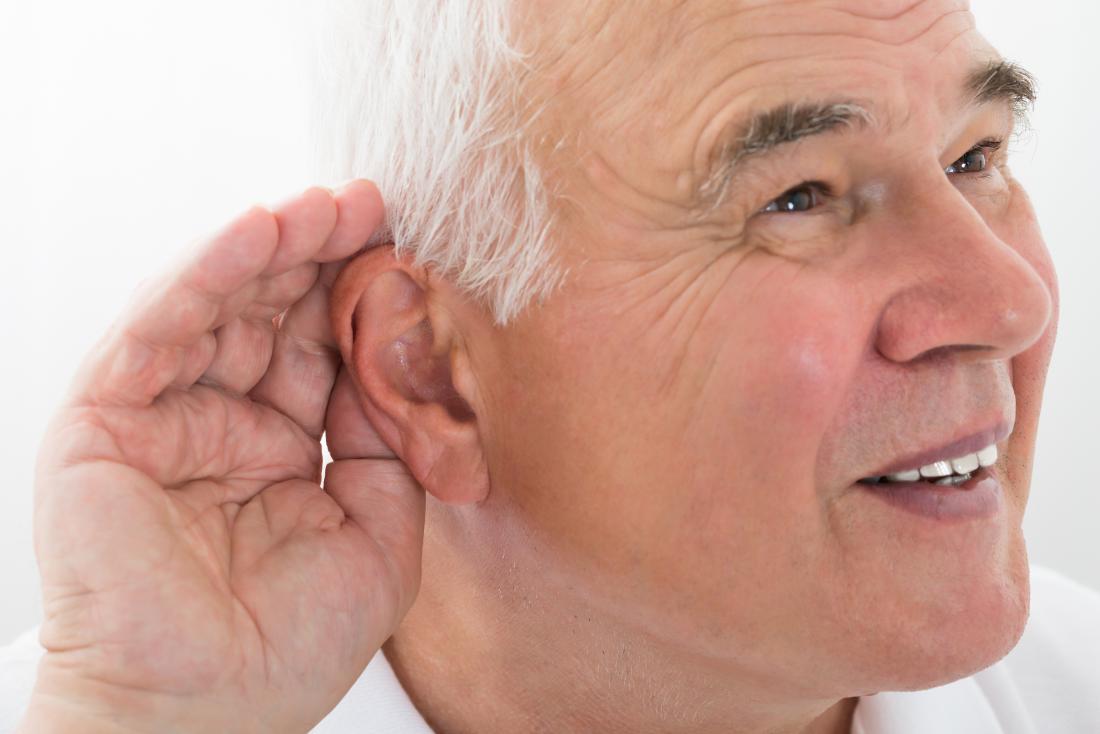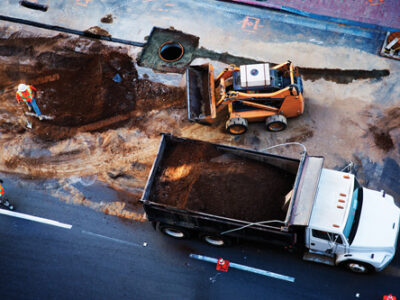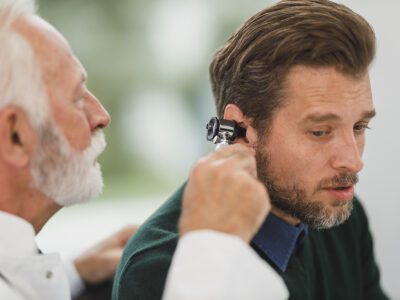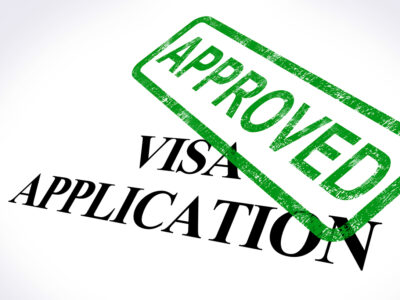If you make a living in California working in, say, the construction or mining industries, you have some degree of knowledge about dangerous noise levels and how to protect yourself from workplace hearing loss. Regrettably, however, many American workers are failing to protect their ears on the job, and the consequences can prove severe. At the Law Offices of Hussain & Gutierrez, we are seeing an increasing number of clients who require assistance after suffering workplace hearing loss. We have helped many individuals seek recourse after experiencing this and other work-related injuries.
Workplace Hearing Loss: The Silent Occupational Injury
According to USA Today, hearing loss is America’s most common work-related injury, with about 22 million Americans being subjected to potentially hazardous levels of noise every time they show up for work. Employers, too, are footing the bill for hearing problems that arise from the work environment, with America’s employers paying approximately $242 million every year in workers’ compensation costs related to hearing issues.
Hearing loss in the workplace is often a gradual process. Unlike a broken bone or a fall-related injury, workers may not notice early signs such as ringing in the ears (tinnitus), muffled sounds, difficulty understanding speech in crowded places, or the need to raise volume levels on devices. Over time, this can progress to permanent impairment, including partial or total deafness. Some employees require hearing aids, cochlear implants, or long-term rehabilitation. Due to this gradual onset, many injured workers delay seeking medical or legal assistance until the damage becomes permanent, which can complicate compensation claims.
Industries with the Highest Risk
Just how severe your risk of suffering workplace hearing loss is depends on the industry in which you work. Studies show that you face the highest risk of work-related hearing loss if you work in:
- Mining – constant exposure to drilling, blasting, and confined-space reverberation.
- Construction – jackhammers, power saws, cranes, and heavy machinery.
- Manufacturing – assembly lines, presses, stamping operations, and metalworking facilities.
California workers in agricultural processing, airports, and entertainment venues (musicians, event staff) are also increasingly reporting noise-induced hearing loss (NIHL).
Interestingly, research suggests you may face a higher risk of suffering hearing loss if you work in an industry or environment where noise levels are moderate but persistent, rather than obviously extreme.
Why Moderate Noise Can Be More Dangerous
When there is no doubt about whether noise levels are hazardous, workers are more likely to wear proper ear protection and take necessary precautions consistently. In moderately noisy environments, however, workers may underestimate the danger, skip protective measures, and increase their risk of long-term auditory damage.
California’s Cal/OSHA requires employers to implement hearing conservation programs when workers are exposed to an average noise level of 85 decibels or more during an 8-hour shift. These programs must include:
- Baseline and annual audiometric testing to detect early changes in hearing.
- Provision of personal protective equipment (earplugs, earmuffs, custom protectors).
- Noise monitoring and engineering controls, such as soundproof barriers or quieter equipment, can be employed to mitigate noise.
- Worker training on risks and protective measures.
Employers who fail to comply with these standards may face fines, citations, and increased liability if employees develop occupational hearing loss.
Workers’ Compensation for Hearing Loss in California
California law, as outlined in Labor Code § 3200 and subsequent sections, recognizes occupational hearing loss as a compensable injury. To pursue benefits, an injured worker must:
- Report the Injury: Notify the employer promptly. Delays can weaken a case.
- Obtain medical documentation, including audiograms, physician evaluations, and testimony from audiologists.
- Prove Workplace Causation: Show that hearing damage is due to job-related noise rather than natural aging or external causes.
- File Within Deadlines: Workers generally have one year from the date of injury or discovery to file a claim, though exceptions may apply.
If a claim is denied, employees may appeal through the Workers’ Compensation Appeals Board (WCAB), which oversees disputes in California.
At Hussain & Gutierrez, we represent workers through each stage of this process, ensuring medical documentation is complete, handling appeals, and pushing back against employer or insurer attempts to minimize payouts. Compensation can include:
- Coverage for medical treatment, devices, and ongoing audiological care.
- Temporary disability benefits during treatment.
- Permanent disability benefits if hearing loss limits employability.
- Vocational rehabilitation or retraining for new job opportunities if a worker cannot continue in a noisy environment.
Long-Term Consequences of Ignoring Hearing Protection
Occupational hearing loss is more than a workplace inconvenience; it is a permanent health condition with lasting consequences. Workers who do not address the problem early may face:
- Difficulty communicating at work and home, leading to frustration and isolation.
- Increased workplace accident risks, since alarms, signals, or verbal warnings may not be heard.
- Emotional distress, depression, or anxiety is linked to reduced quality of life.
- Reduced employability in industries requiring full auditory capacity.
Some workers are forced to leave their trade entirely, highlighting the need for early prevention and legal protections.
Frequently Asked Questions
Does workers’ comp cover hearing loss in California?
Yes. Occupational noise-induced hearing loss is recognized as a compensable injury. Workers’ comp may cover medical treatment, hearing aids, disability benefits, and vocational retraining.
What are the early warning signs of workplace hearing damage?
Common symptoms include ringing in the ears (tinnitus), difficulty hearing high-pitched sounds, trouble following conversations in noisy areas, and needing to increase device volumes.
How long do I have to file a claim for hearing loss in California?
Generally, you must file within one year of discovering the injury or from the last date of exposure. However, because hearing loss is a gradual process, deadlines may vary. Speaking with an attorney early ensures compliance with time limits.
What is the average settlement for occupational hearing loss?
Settlements vary depending on the severity of the injury, the level of disability, medical expenses, and the impact on employability. Some workers receive compensation for lifelong hearing aids or permanent disability ratings.
Are employers required to provide annual hearing tests?
Yes, under Cal/OSHA’s Hearing Conservation Program, workers exposed to noise above 85 decibels must receive baseline and annual audiometric testing.
How does Cal/OSHA differ from federal OSHA on hearing standards?
Cal/OSHA typically enforces stricter standards, with additional worker protections and state-specific enforcement in industries common to California, such as agriculture and entertainment.
Can age-related hearing loss affect my claim?
Yes. Employers and insurers often argue that hearing loss is due to aging (presbycusis) rather than work. However, medical evaluations can distinguish between occupational NIHL and natural aging. An experienced attorney can help prove workplace causation.
Get Legal Help for Workplace Hearing Loss
If you suspect your job has caused hearing loss or other work-related injuries, don’t delay. At Hussain & Gutierrez, we understand the complexities of occupational injury claims in California. Our attorneys have extensive experience handling hearing loss cases, proving workplace causation, and ensuring that workers receive the compensation they are entitled to.
Take the first step today — contact Hussain & Gutierrez for a consultation. Protect your hearing, protect your rights, and protect your future.



